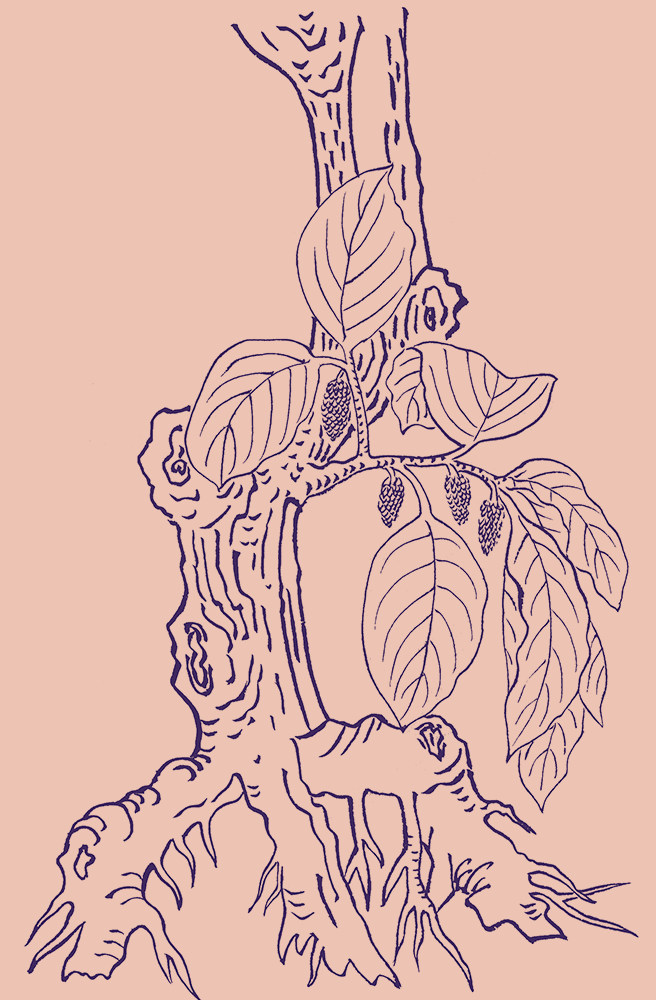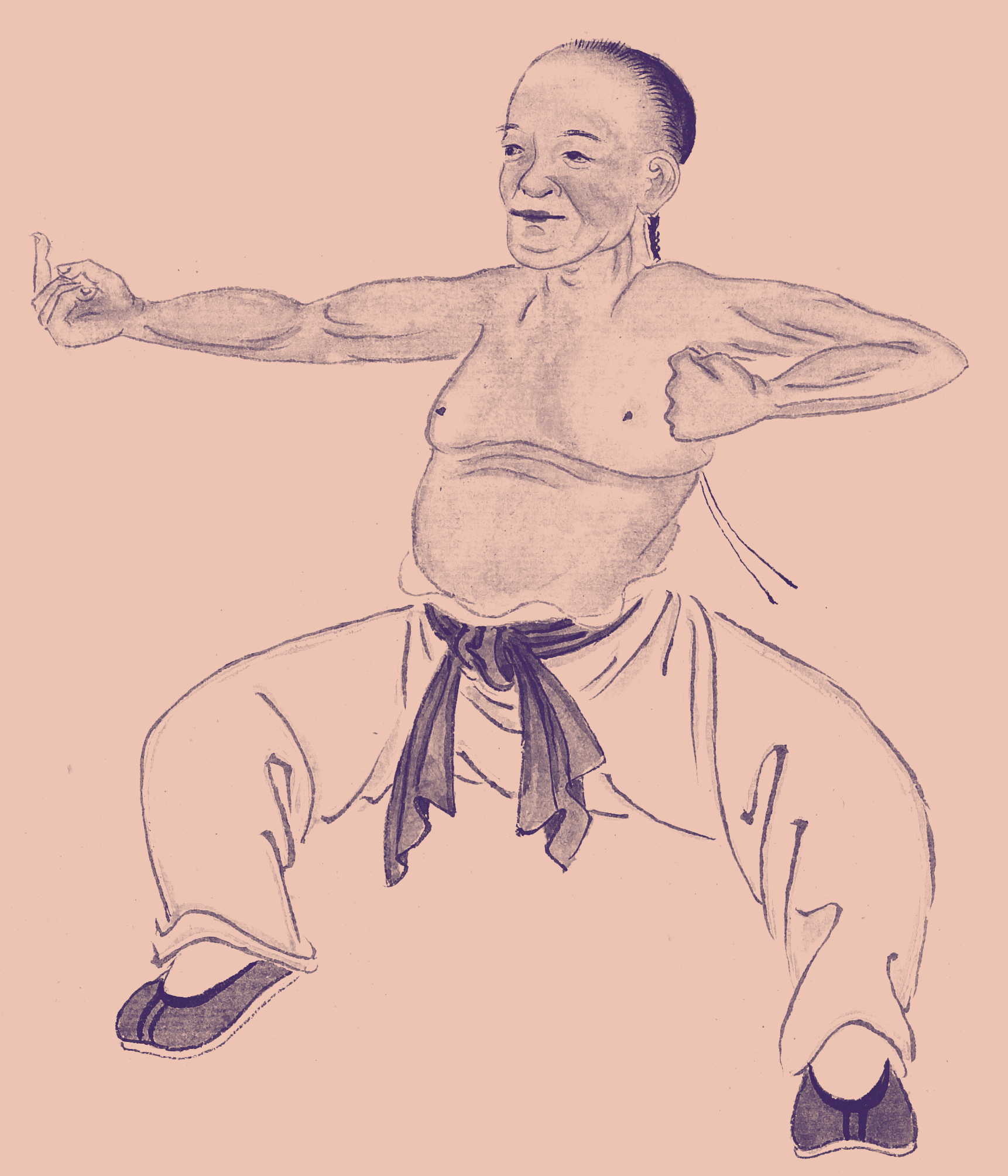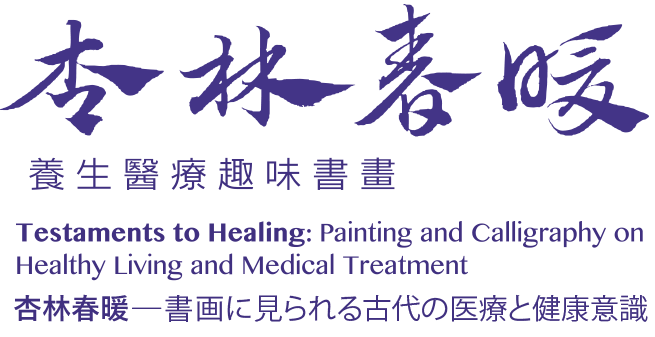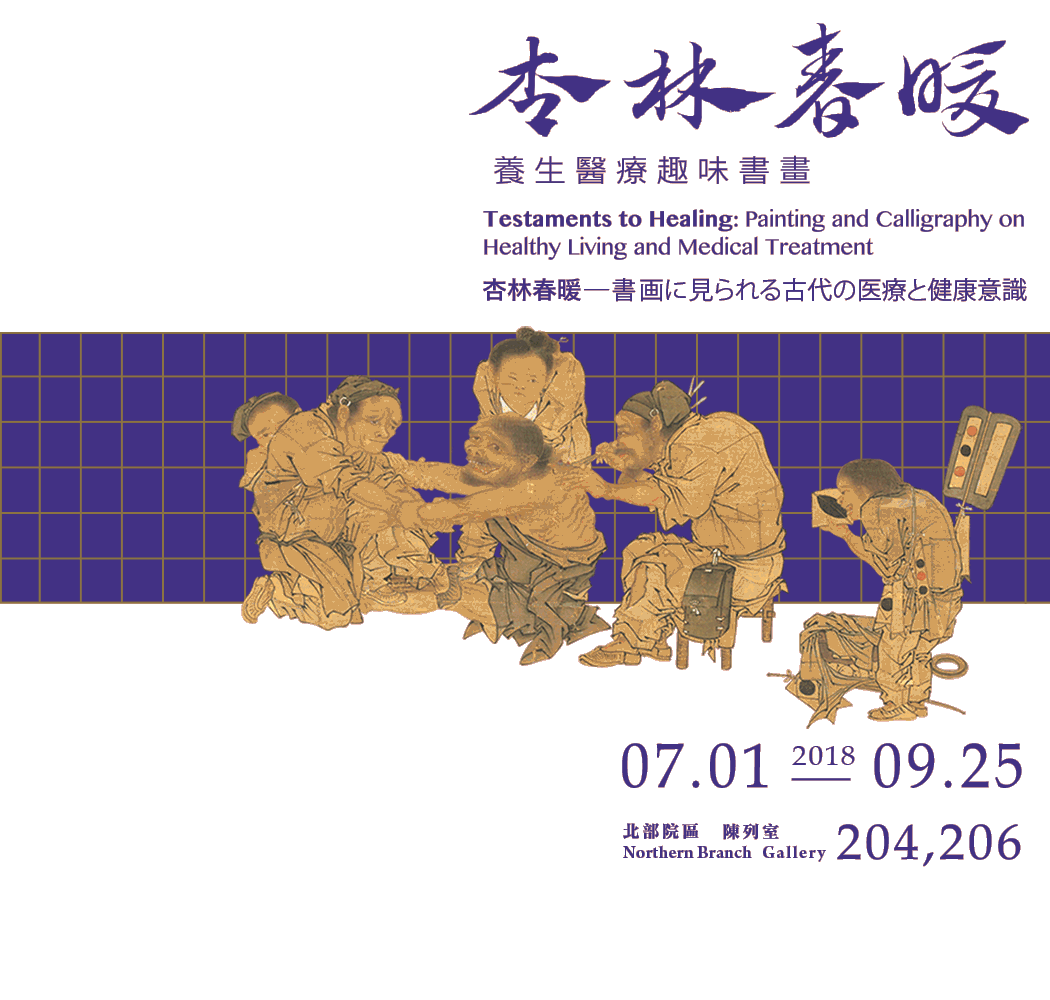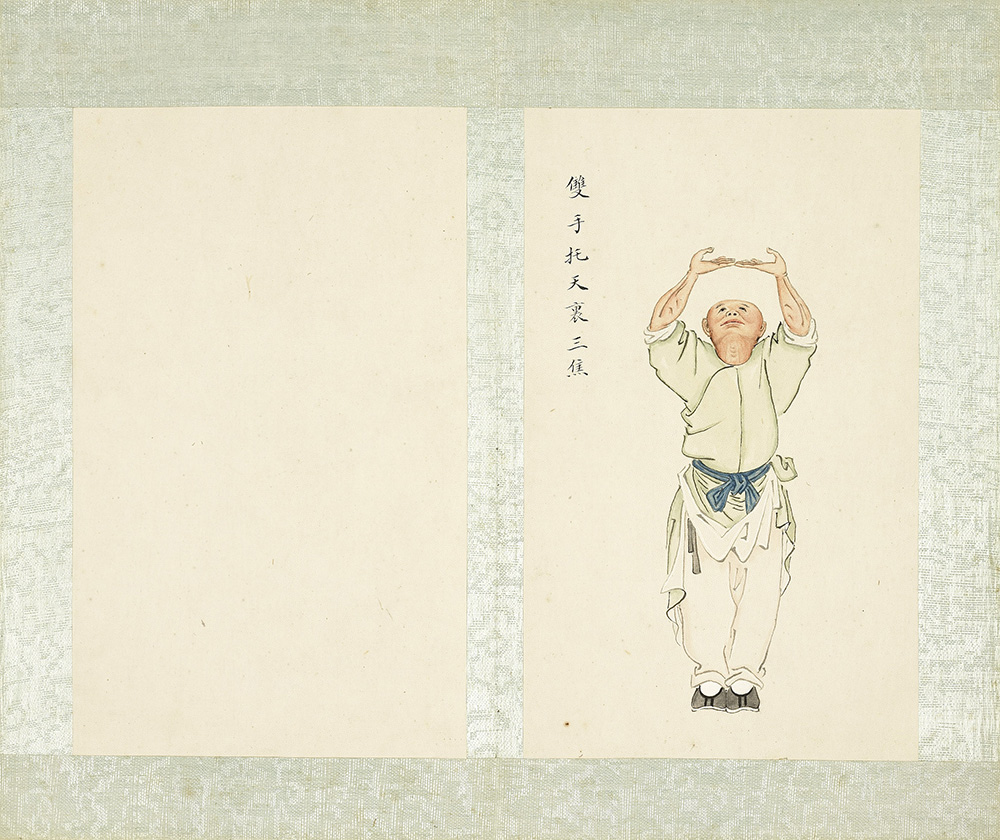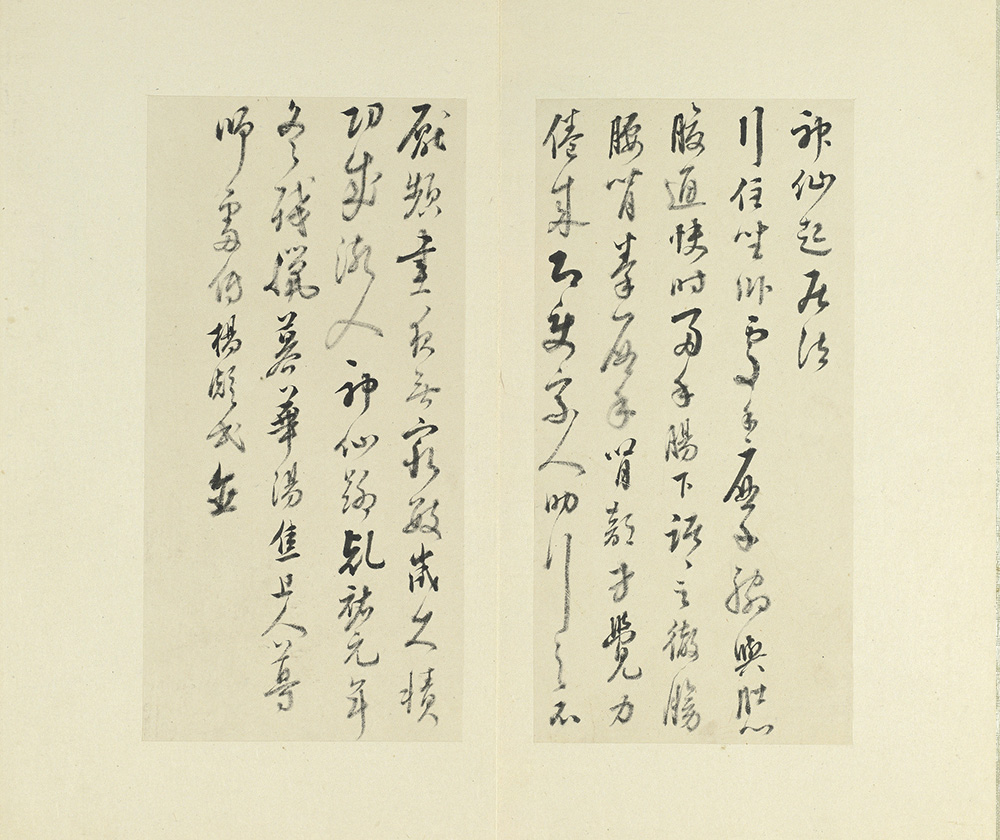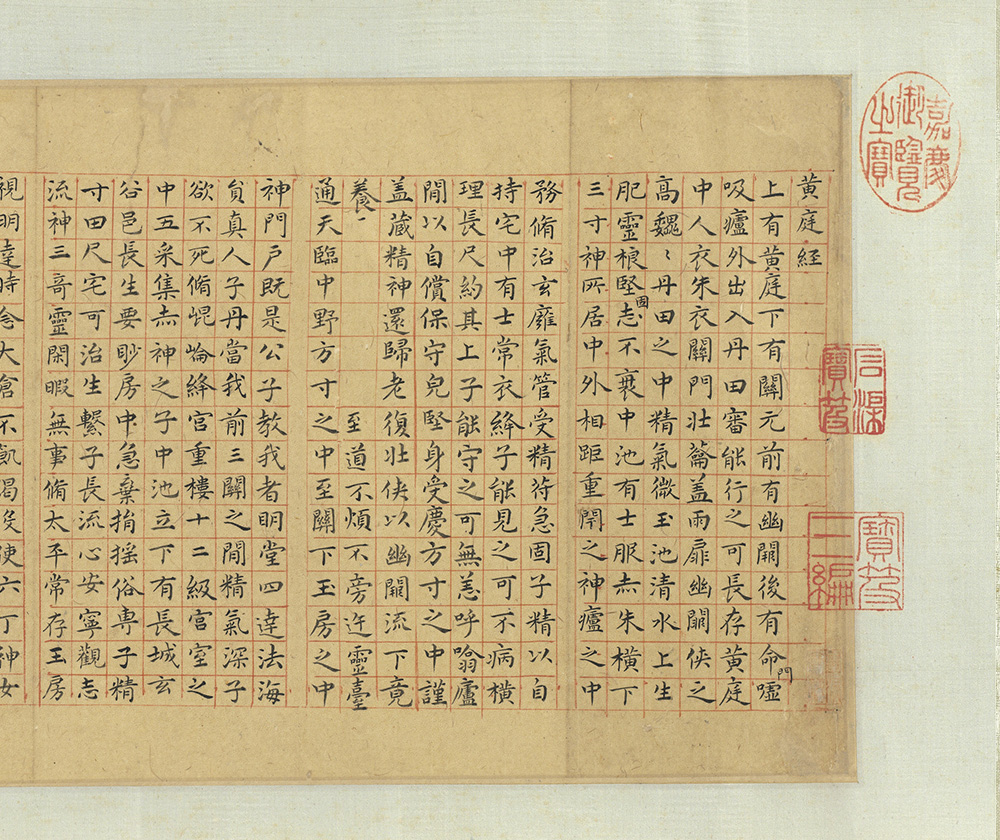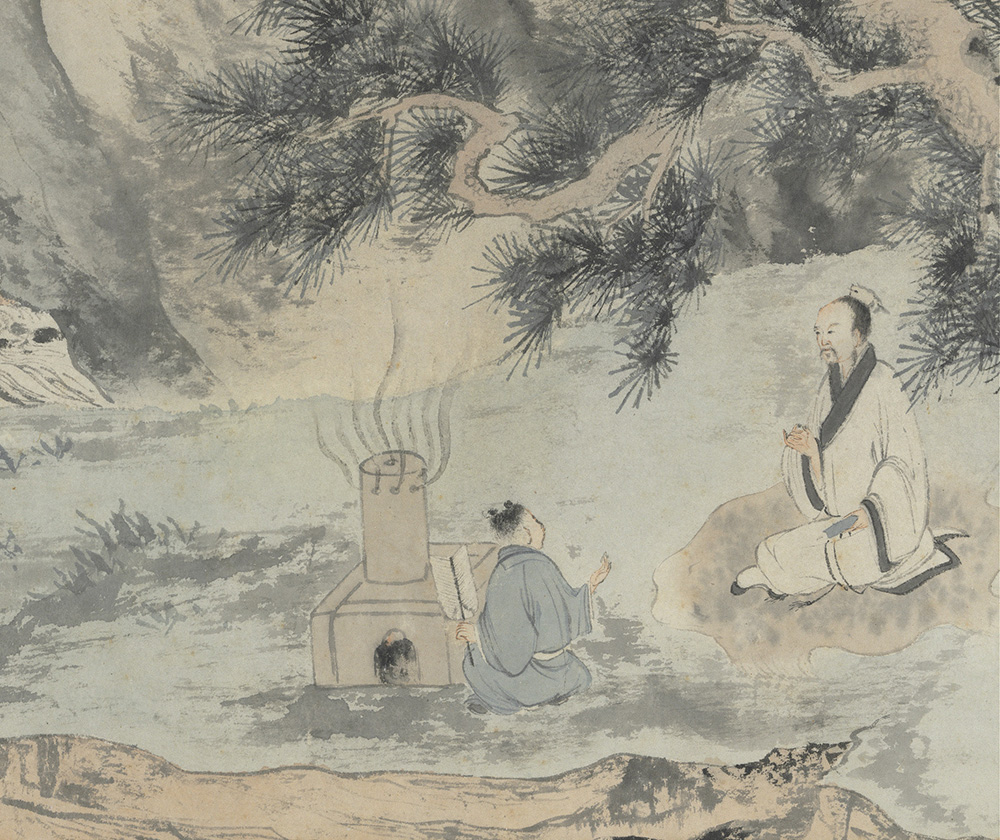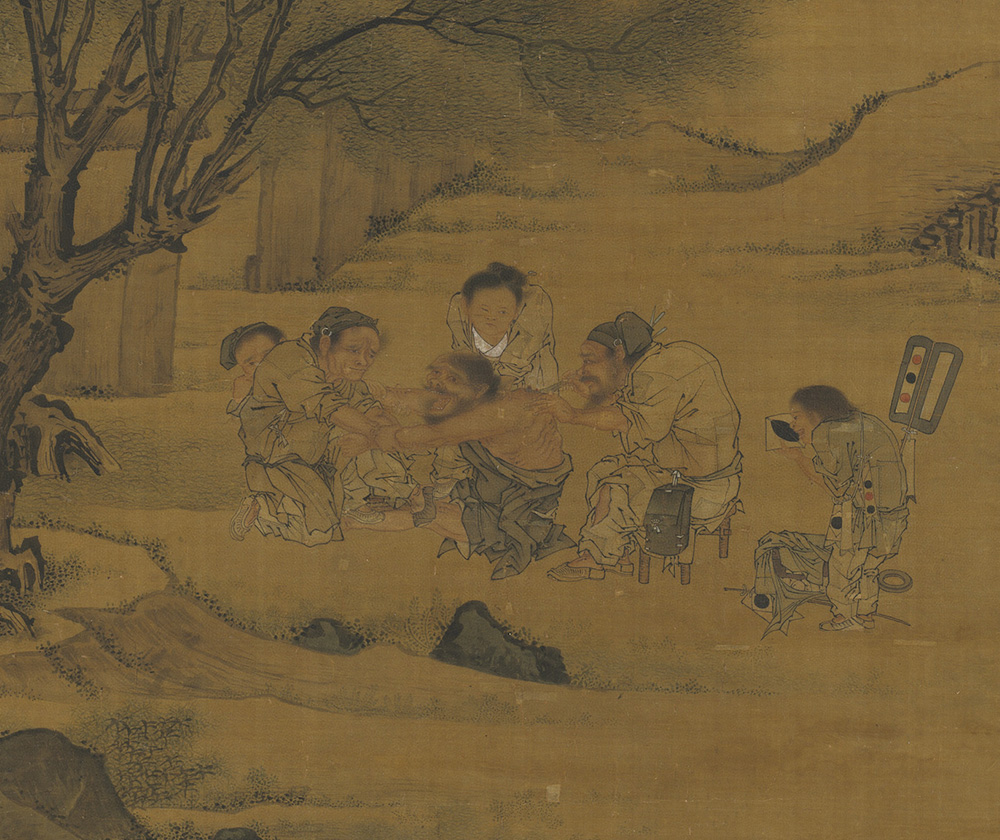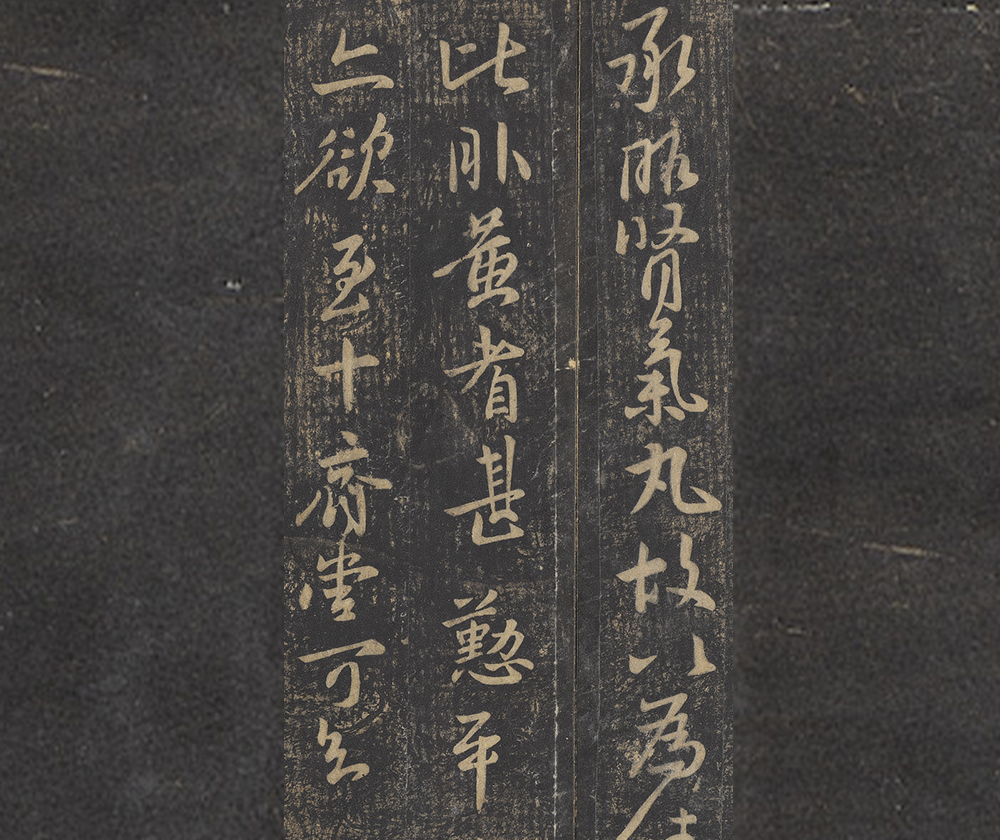Many expressions to convey blessings in traditional Chinese culture deal with notions ofprosperity, longevity, and health and tranquility. How to live not only long but also healthily haslong been an ideal shared among peoples all over the world for ages, and a glimpse of this hope is often seen in works of painting and calligraphy, which are a reflection of daily life.
Elixirs of immortality and medicine to revive the dying may be the stuff of legend but nonetheless became fascinating subjects in Chinese art full of mythological overtones. There may no cure for death, but ancient Chinese wisdom has left us a long tradition on how to heal the body and live well. This exhibition examines the subject from three perspectives: "Refining Elixirs,""Medicinal Treatments," and "Traditional Arts of Healthy Living." The works on display include a handscroll entitled "Firing Elixirs at Jade Grotto" in the style of the Ming dynasty artist Qiu Ying, the "Classic of the Yellow Court" that advocates absorbing "qi" (vital force) to maintain energy and thereby healthy living, "Methods of the Immortals for Daily Life" with its catchy phrases on massage, and "Discourse on Healthy Living" that treats health as beginning with the mind, in which its author, the famousWei-Jin scholar Ji Kang, emphasized "becoming pure and calm, being less selfish and desirous." "Illustrated Album of the Eight Pieces of Brocade," originally stored in the Qing dynasty at the Yonghe Palace, the residence of the Guangxu Emperor's Consort Jin, advocates fitness training by combining physical exercises with breathing techniques. Then there is "Transmitting the Mulberry Mistletoe," in which the names of more than 120 kinds of Chinese medicines are connected together into an interesting short text.
Finally, and of particular note, is a national treasure entitled "Moxibustion," a hanging scroll by the Song artist Li Tang portraying a rural doctor treating a patient by burning mugwort cones on his back, the contorted face of the man being pinned down difficult to forget. On a theme related to healing is "Brewing Medicine" by Tang Yin, the premier Ming dynasty talent of the Jiangnan area, who did the painting to thank a doctor for curing him of a lung ailment. Thus, this type of special exhibition can hopefully help bridge the gap between past and present by introducing audiences not only to the studies from the ancients but also by reminding people today to truly care more about health and living well.
